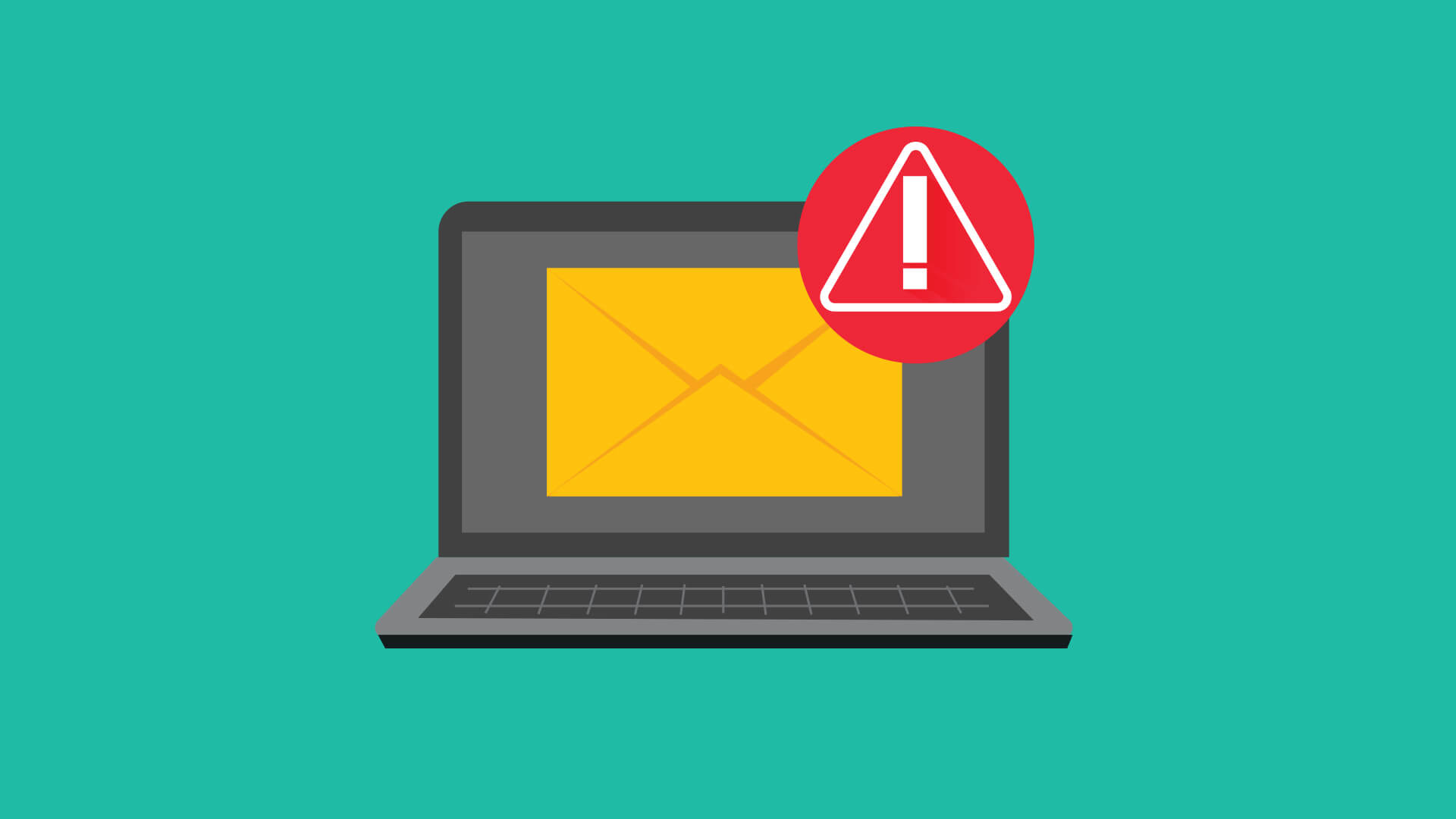
10 Simple Steps to Take Right Now to Secure Your Business From Email Scams
If you feel like email scams are an unavoidable plague lately, you’re correct. They target anyone and everyone, but they tend to infiltrate unprotected and unsecured systems more easily.
When dealing with email scams in business, you must ensure you are taking every step possible to prevent a co-worker or employee from falling victim to one. Companies offer hackers or scammers with more people to trick, so they are frequent targets.
Phishing scams are among the most common. They generally come through email and request personal information, like a credit card number.
Though this may sound easy to avoid, it might surprise you to learn that business scams accounted for $12 billion in losses from 2013 to 2018. This is because scams evolve and adapt every day, becoming more realistic.
Luckily, there are steps you can take to immediately secure your business from these scams.
1. Stay Informed
The basics involve learning and staying alert. Since new scams come about frequently, it’s important to read up on the news and recognize the signs.
Grammatical errors or suspicious sender addresses are definite signs of a scam. Many fraudsters will pretend to be someone with authority within the company. Employees might not question their supervisor asking for financial information.
The tone of voice is also something to keep an eye on. Anything that requires urgency or uses scare tactics like “must act now” or “immediate action required” could be a scam. For instance, some lottery scams mislead you by claiming you must confirm personal information quickly to receive your prize.
2. Think First
It’s normal to habitually click on links upon seeing them. However, links, downloads and pop-ups from emails should warrant a second look.
Links or attachments that look off probably are. You can hover over them to see where they’ll direct you. These don’t always look unofficial, so it’s best to err on the side of caution.
3. Guard Important Information
Running a business entails managing employees’ financial information, like routing or Social Security numbers. You’ll need to make sure those documents, whether digitized or not, are in safe or encrypted files.
4. Use Secure Websites
Similarly, when handling employee information, you’ll want to check the security levels of the websites you use. If sites have “https” and a lock icon, they’re safe.
Steer clear of links from emails, or anywhere else, that suggest payment websites that are not secure.
5. Change Passwords
Changing passwords is a good practice for personal life or business. Since scams evolve daily, changing your password at a regular rate helps prevent infiltration.
Additionally, most companies have different systems for all their functions. Having a variety of passwords for them prevents scammers from getting into all of them, even if they get into one.
6. Email Systems
Email is where scams often start. Top-quality providers are the best in security and filtering out spam. With top-notch algorithms, they can flag content to be aware of and warn when an email might be dangerous.
7. Firewalls
Installing firewalls is a great proactive step. With these, you choose who has access to networks, data, software and hardware. If scammers try to get in, the system will deny them access.
As the name implies, these provide a rigid wall that those in charge get to control.
8. VPNs
A virtual private network (VPN) is a tool that many companies use, especially those who provide public Wi-Fi. VPNs secure privacy and safety so scammers can’t use the network to their advantage.
Having an unsecured business network allows for more frequent and dangerous email scams.
9. Antivirus Software
Another foundational system you can install on your business’s devices is antivirus software. These programs detect malware and can prevent or remove it accordingly.
Often, things like anti-spyware and firewall settings come with these software packages, making them a smart investment.
10. Monitor Accounts
It’s a good idea to monitor your accounts and data. Make sure everything is accurate and up to date, and check to see that there’s no fishy, or phishy, activity going on.
If everything’s normal, that is a good indication that your accounts, information and email are safe.
Security Is Vital
With these steps, you set yourself on the best tracks for preventing email scams and more. Businesses are vulnerable without proper protection. Now you have the tools to strengthen your company and more forward.




















